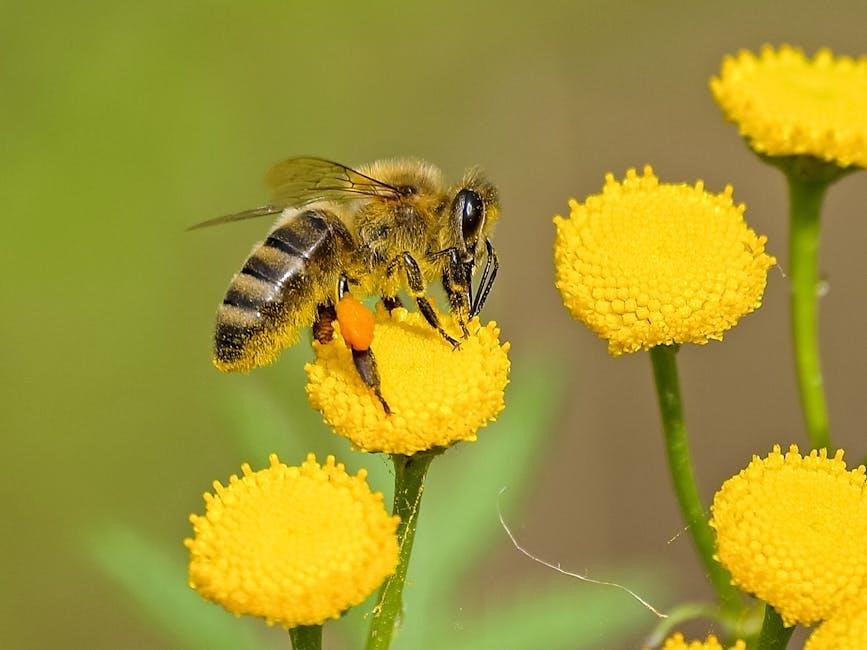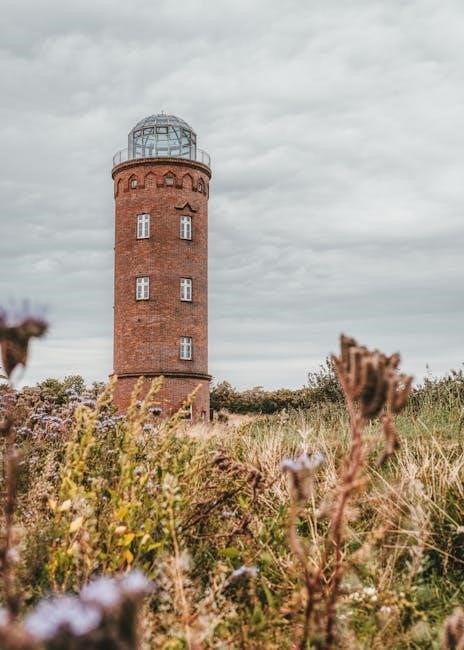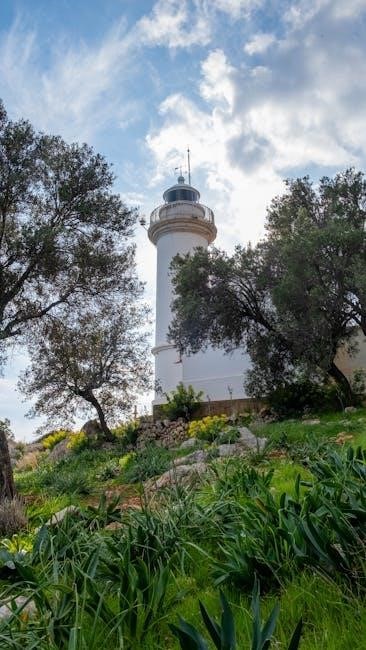Nova Scotia’s diverse landscape supports a wide range of wildflowers, with
- various species
blooming throughout the year, making it a paradise for nature lovers and botanists alike, every season.
Overview of Nova Scotia’s Flora
Nova Scotia’s flora is characterized by a wide range of plant species, including trees, shrubs, and wildflowers, with many species found nowhere else in the world, due to its unique geography and climate.
The province’s location on the eastern coast of Canada, where the Atlantic Ocean meets the North American continent, creates a diverse range of habitats, from coastal wetlands to boreal forests, each supporting a unique array of plant life.
The flora of Nova Scotia is also influenced by its geological history, with many species having migrated to the area from other parts of North America, and even from Europe, via the Atlantic Ocean.
This has resulted in a flora that is both diverse and complex, with many species still being discovered and described by botanists today, making it an exciting area of study and exploration.
The study of Nova Scotia’s flora is an ongoing process, with new species being discovered and old ones being reclassified, providing a fascinating glimpse into the natural history of the province.
Overall, the flora of Nova Scotia is a rich and fascinating topic, with much still to be learned and discovered, and its wildflowers are a key part of this unique and diverse ecosystem.

Classification of Wildflowers
Wildflowers are classified into several categories, including annuals and perennials, using a
- systematic
approach to identify and group species, based on characteristics and traits, every day.
Types of Wildflowers Found in Nova Scotia
Nova Scotia is home to a diverse range of wildflowers, including species such as beach peas, lupines, and lady’s slippers, which can be found in various habitats, from coastal areas to forests and meadows. The province’s unique geography and climate support a wide variety of plant life, with many species blooming at different times of the year. Some wildflowers, such as the purple violet and the yellow hawkweed, are common and widespread, while others, such as the rare and endangered orchids, are more elusive. The types of wildflowers found in Nova Scotia also vary depending on the region, with the northern and southern parts of the province having distinct flora. Overall, the diversity of wildflowers in Nova Scotia makes it a fascinating destination for botanists and nature enthusiasts, with many opportunities to explore and discover new species, using a field guide to identify and learn about the different types of wildflowers.
Field Guide to Identifying Wildflowers
Using a
- field guide
helps identify Nova Scotia’s wildflowers, with descriptions and images of various species, making it easier to learn about and explore the province’s flora, every day.
Characteristics of Wildflowers
Nova Scotia’s wildflowers have unique characteristics, including shape, size, color, and growth habits, which are essential for identification, with a
- variety of species
exhibiting distinct features, such as petals, sepals, and leaves, that distinguish them from one another, and a
- classification system
that helps to group similar species together, making it easier to understand and appreciate their diversity, and learn about their role in the ecosystem, with many species having adapted to the region’s climate and soil conditions, and playing a vital role in supporting local wildlife, including pollinators, and other animals that rely on them for food and shelter, and by studying their characteristics, we can gain a deeper appreciation for the beauty and importance of these plants, and work to conserve and protect them for future generations, with a focus on preserving their natural habitats and preventing the introduction of invasive species that could harm them.
Medicinal Properties of Wildflowers
Wildflowers in Nova Scotia have various medicinal properties and uses, including treating ailments and injuries, with some species having anti-inflammatory and antioxidant effects, naturally.
Poisonous Plants of Nova Scotia
Some wildflowers in Nova Scotia are poisonous, with certain species containing toxic compounds that can cause harm to humans and animals if ingested, including plants like poisonous hemlock and water hemlock. These plants can be found in various habitats, including wetlands, forests, and fields. It is essential to exercise caution when handling or approaching these plants, as even small amounts of the toxic compounds can be harmful. The Museum of Nova Scotia provides information on poisonous plants, including their identification, habitats, and potential risks. By being aware of the poisonous plants in Nova Scotia, individuals can take steps to avoid them and stay safe while enjoying! the outdoors, with proper knowledge and precautions, everyone can appreciate the beauty of wildflowers. The UK Medical Research Council also provides information on plant toxins and poisons, which can be useful for those interested in learning more about the topic, and their potential effects.

Conservation Efforts for Wildflowers
Conservation efforts are necessary to protect Nova Scotia’s wildflowers, with initiatives focused on preserving habitats and ecosystems, every day, always.
Preserving the Information Content of Species
Preserving the information content of wildflower species is crucial for conservation efforts, with digital databases and online repositories playing a key role in storing and managing data on species characteristics, habitats, and distribution. This information is essential for developing effective conservation strategies and monitoring the health of wildflower populations. By utilizing
- advanced technologies
such as genetic analysis and geographic information systems, researchers can gain a deeper understanding of the complex relationships between wildflower species and their environments. Additionally, collaborative efforts between scientists, conservationists, and local communities are necessary to ensure the long-term preservation of wildflower species and their habitats, and to promote the importance of conservation to the general public through educational programs and outreach initiatives, ultimately contributing to the preservation of Nova Scotia’s unique biodiversity.

Photoguide to Wildflowers of Nova Scotia
A comprehensive photoguide featuring high-quality images of Nova Scotia’s wildflowers, with detailed captions and descriptions, providing a valuable resource for identification and study purposes always.
Complete Guide to Growing and Propagating Native Flowers
A complete guide to growing and propagating native flowers of Nova Scotia is essential for gardeners and conservationists, providing information on seed collection, stratification, and germination techniques. This guide also covers the importance of using native plant species in gardening and landscaping, and how it can help to preserve the natural beauty of Nova Scotia’s landscape. With detailed instructions and illustrations, readers can learn how to cultivate and care for these unique flowers, and how to create a thriving and diverse garden ecosystem. The guide also includes a list of recommended native flowers for different regions and climates, making it a valuable resource for anyone looking to grow and propagate native flowers in Nova Scotia. By following the guide, readers can help to conserve and protect the province’s natural heritage.

Genetic Research on Wildflowers
Genetic research on wildflowers of Nova Scotia involves the study of plant genomes and the analysis of genetic variation within and between species. This research aims to understand the evolutionary relationships between different wildflower species and to identify the genetic factors that influence their growth, development, and adaptation to different environments. By using techniques such as DNA sequencing and genetic mapping, scientists can gain insights into the genetic diversity of wildflowers and develop new strategies for their conservation and management. For example, genetic research can help to identify genetic markers associated with desirable traits such as drought tolerance or disease resistance, which can be used to improve the breeding and cultivation of wildflowers. Overall, genetic research on wildflowers has the potential to contribute significantly to our understanding of these important plant species. The research is ongoing and new discoveries are being made regularly, helping to advance our knowledge of wildflowers.
